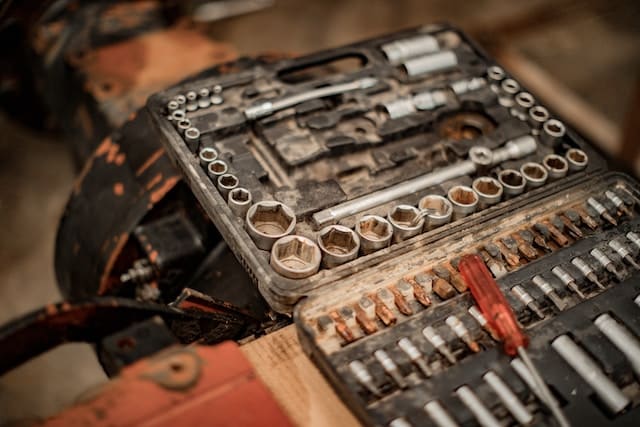How to Replace a Blown Fuse: A Visual Guide
 Replacing a blown fuse in your vehicle may seem daunting, but with the right tools and a bit of knowledge, it’s a manageable task. This visual guide will walk you through the steps to identify and replace a blown fuse, ensuring your vehicle’s electrical systems function smoothly.
Replacing a blown fuse in your vehicle may seem daunting, but with the right tools and a bit of knowledge, it’s a manageable task. This visual guide will walk you through the steps to identify and replace a blown fuse, ensuring your vehicle’s electrical systems function smoothly.
Understanding the Fuse Box
Before diving into the process, it’s crucial to understand your vehicle’s fuse box. Typically, it’s located under the dashboard, near the steering wheel, or in the engine compartment.
Locating the Fuse Box
Each vehicle has its fuse box in a unique place. Consult your vehicle’s manual to find the exact location and the layout of the fuse box.
Interpreting the Fuse Diagram
Inside the fuse box cover, you’ll find a diagram showing the location and purpose of each fuse. This diagram is key to identifying the correct fuse to replace.
Tools You’ll Need
To replace a fuse, you need a few basic tools. Most importantly, you’ll need a pair of fuse pullers, often included in the fuse box. Alternatively, a pair of needle-nose pliers can work.
Spare Fuses
Ensure you have spare fuses of the correct size and amperage for your vehicle. These are often included in the fuse box or can be purchased at auto parts stores.
Flashlight
A flashlight can be handy, especially if the fuse box is located in a dimly lit area.
Identifying a Blown Fuse
A blown fuse is usually easy to spot. The thin metal strip inside the fuse will be broken if the fuse has blown.
Checking the Affected Circuit
If a specific electrical component in your vehicle isn’t working, check the corresponding fuse based on the diagram.
Visual Inspection
Carefully pull out the suspected fuse and inspect it. A blown fuse will have a visible gap in the metal strip or show signs of burning.
Replacing the Fuse
Once you’ve identified the blown fuse, the replacement process is straightforward.
Removing the Old Fuse
Use the fuse pullers or needle-nose pliers to gently remove the blown fuse from its slot.
Inserting the New Fuse
Take a new fuse of the correct amperage and size, and insert it into the slot from which you removed the blown fuse. Ensure it’s seated properly.
Testing the Replacement
After replacing the fuse, it’s important to test if the issue is resolved.
Start the Vehicle
Turn on your vehicle and check if the electrical component that wasn’t working is now operational.
Checking for Recurring Issues
If the new fuse blows soon after replacement, this could indicate a more serious electrical problem. In such cases, seeking professional help is advisable.
Safety Tips
When replacing fuses, safety is paramount.
Disconnect the Battery
To avoid any electrical hazards, consider disconnecting the vehicle’s battery before replacing the fuse.
Use the Correct Fuse Type
Always replace fuses with the correct type and amperage to prevent damage to your vehicle’s electrical system.
In conclusion, replacing a blown fuse in your vehicle is a simple yet vital skill. By following these steps and adhering to safety precautions, you can ensure your vehicle’s electrical components function reliably. Remember, if you encounter recurrent fuse issues, it’s best to consult with a professional to diagnose and fix underlying electrical problems.

